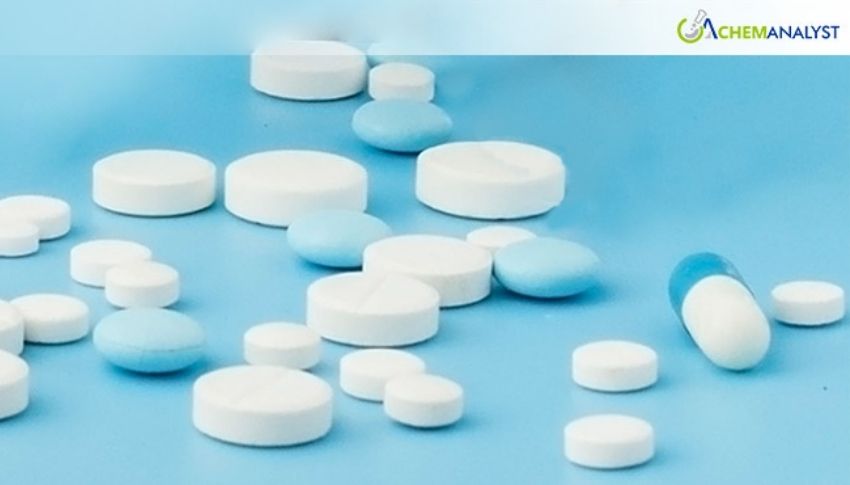Welcome To ChemAnalyst

In June 2025, US Carbidopa prices declined steadily after a sharp rise in May, driven by softening demand, high inventory levels, and falling freight rates. The earlier surge was due to front-loaded buying amid a temporary suspension of Chinese import tariffs. As buyers paused and logistics normalized, demand eased. With freight costs dropping and market uncertainty rising, participants grew cautious, leading to reduced transactional activity and further price pressure.
In a May peak reversals in dramatic fashion, US Carbidopa prices fell steadily in June 2025, mainly due to softening demand, adequate inventory levels, and an extreme correction in freight rates. The pharma industry, which had witnessed a spree of procurement activity in May following a temporary suspension of Chinese imports tariffs for a brief period, stepped into the corrective phase with buyers pulling back and logistics normalizing.
The substantial May price hike was also due primarily to front-loaded purchasing by American drug wholesalers in response to 90-day suspensions of tariffs on Chinese medicines through mid-August. That resulted in May's binge buying when consumers tried to purchase Carbidopa imports prior to possible higher prices resuming.
But by early June, most importers had advance-ordered sufficient Carbidopa inventory to cover future demand. This left a large portion of fresh purchasing activity out of the market, with companies concentrating on clearing current inventory. Without new bulk orders, prices on Carbidopa eased because of decreased transactional flow.
In addition, downstream operators in the pharma supply chain grew anxious, expecting a market rebalancing. With none of the direct causes of new price increases, most distributors waited and observed, causing short-term demand to recede and putting more pressure on prices of Carbidopa.
Simultaneously, a significant shift occurred in global freight dynamics. Following the sharp spike in shipping activity during May, freight rates began to decline in June due to an overcapacity vs. demand imbalance. As the wave of advance bookings passed and demand subsided, carriers were left with excess space across major routes.
The General Rate Increase (GRI) planned for June 15 was fully withdrawn across all U.S. gateways—including the West Coast, East Coast, and Gulf ports—signaling a clear retreat in carrier pricing power. Similarly, Peak Season Surcharges (PSS), which had added pressure to landed costs in May, were gradually being mitigated as market rates softened.
This correction in logistics costs contributed to a notable decrease in overall procurement expenses for importers, particularly for active pharmaceutical ingredients (APIs) like Carbidopa. Lower shipping costs improved supply-side economics and helped reinforce the downward Carbidopa price trend during the month.
Market participants also became more risk-averse during June, with many choosing to monitor the situation before committing to further Carbidopa imports. Elevated inventory levels and price stabilization encouraged inventory discipline, reducing the urgency for new Carbidopa orders.
Heading into July, there are signs that Carbidopa prices will once more be in the squeeze. With the Aug. 14 deadline for suspending the tariffs looming, importers may start pre-buying to avoid the reimposition of the duties on Chinese pharma imports. This can trigger fresh demand and suck out available inventory, especially if the buyers must restock before the trade costs rise.
We use cookies to deliver the best possible experience on our website. To learn more, visit our Privacy Policy. By continuing to use this site or by closing this box, you consent to our use of cookies. More info.
